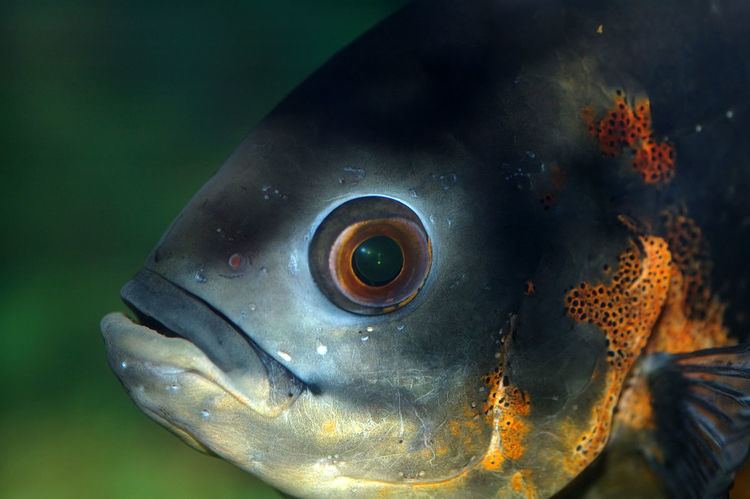 | ||
In general, dinosaurs were thought to have better vision than most other reptiles, but the accuracy of this general rule can vary wildly between species. Coelurosaurs, for example, had good stereoscopic or binocular vision, whereas large carnosaurs had poor binocular vision, comparable to that of modern alligators.
Contents
Carnosauria
Most Carnosaurs, including Carcharodontosaurus and Allosaurus, did not have very good binocular vision, comparable to modern alligators. They possessed binocular vision which was restricted to a region only 20° wide, which is understandable, seeing as they hunted mostly large and slow prey. Their keenest sense was probably smell.
Deinonychosauria
Deinonychosaurs, like Troodon and Deinonychus, had better binocular vision than carnosaurs. Their binocular field was up to 60°.
Tyrannosauridae
Among coelurosauria, tyrannosauroidea have the best eyesight. The position of their eyes suggests that they had a very well developed sense of vision.
We know that Tyrannosaurus rex's position of the eyes were similar to that of modern humans. But their eyes and optic lobe were much larger than that of modern humans. T. rex, unlike most dinosaurs, had a combination of powerful eyesight and great sense of smell.
Ceratosauria
Ceratosaurs had eyes placed closer to the side. This widened their field of vision, but decreased their depth perception.
Pachycephalosaurs
Pachycephalosaurs, like most of the plant-eaters, had eyes on the sides of its head, so it could quickly spot approaching predators. It also had depth perception.
